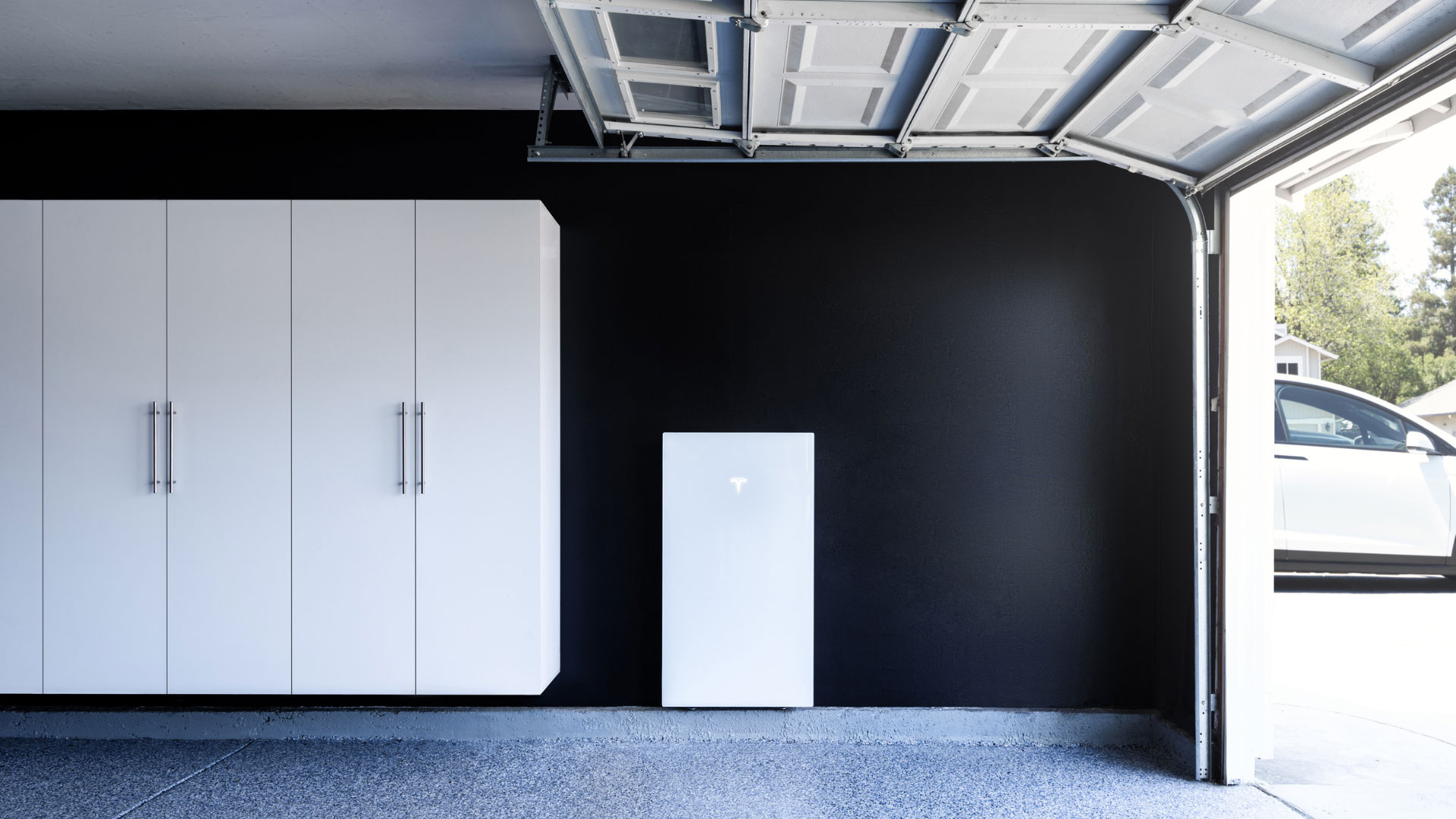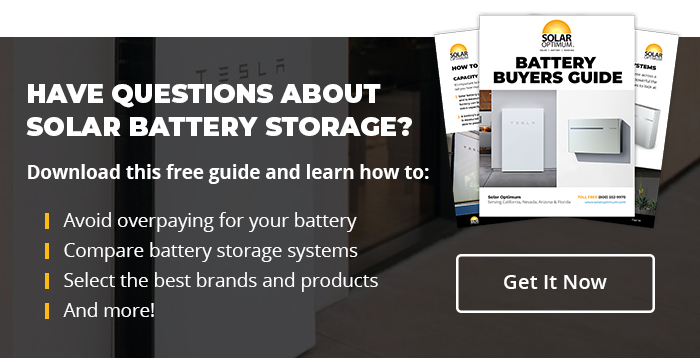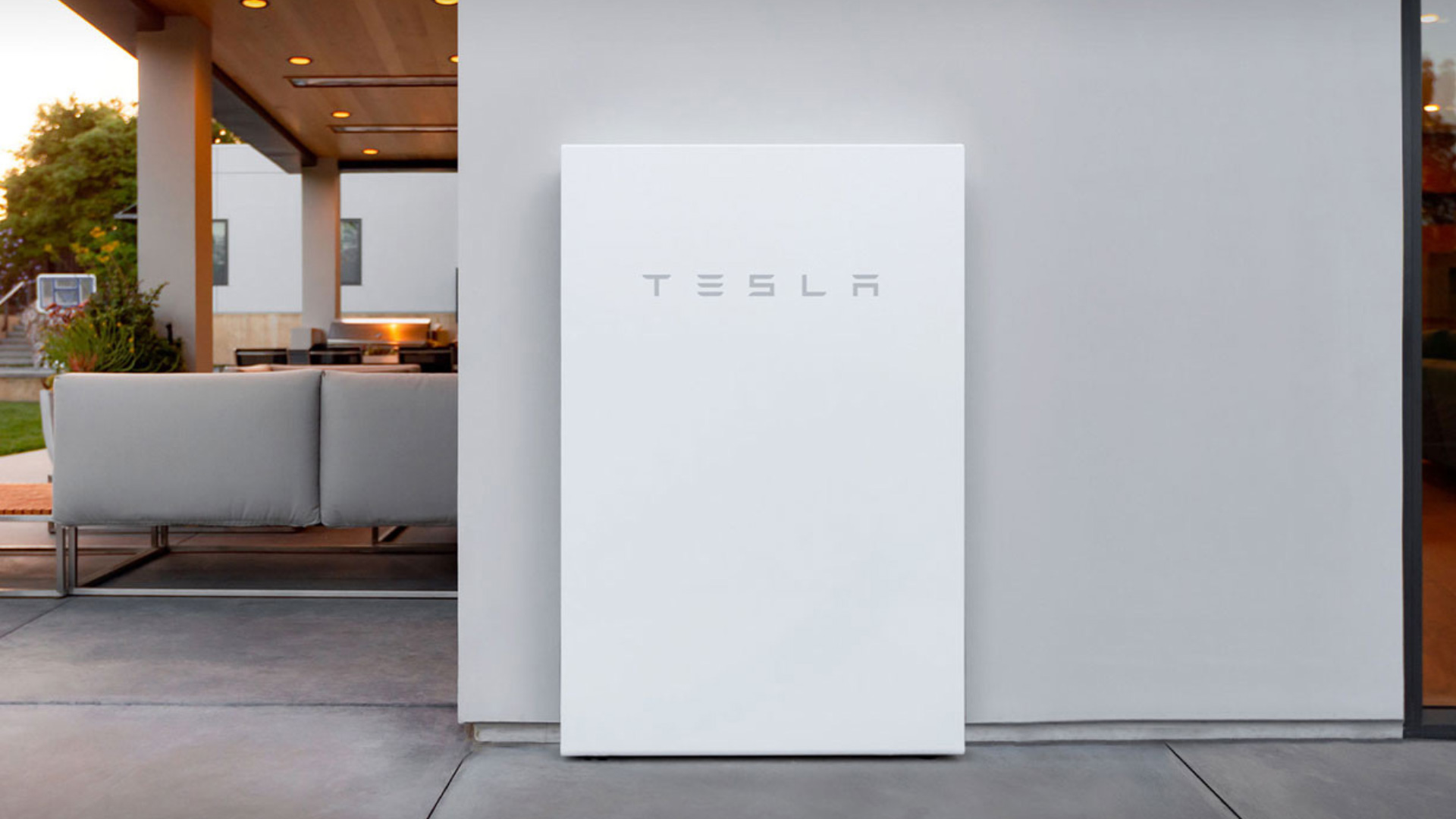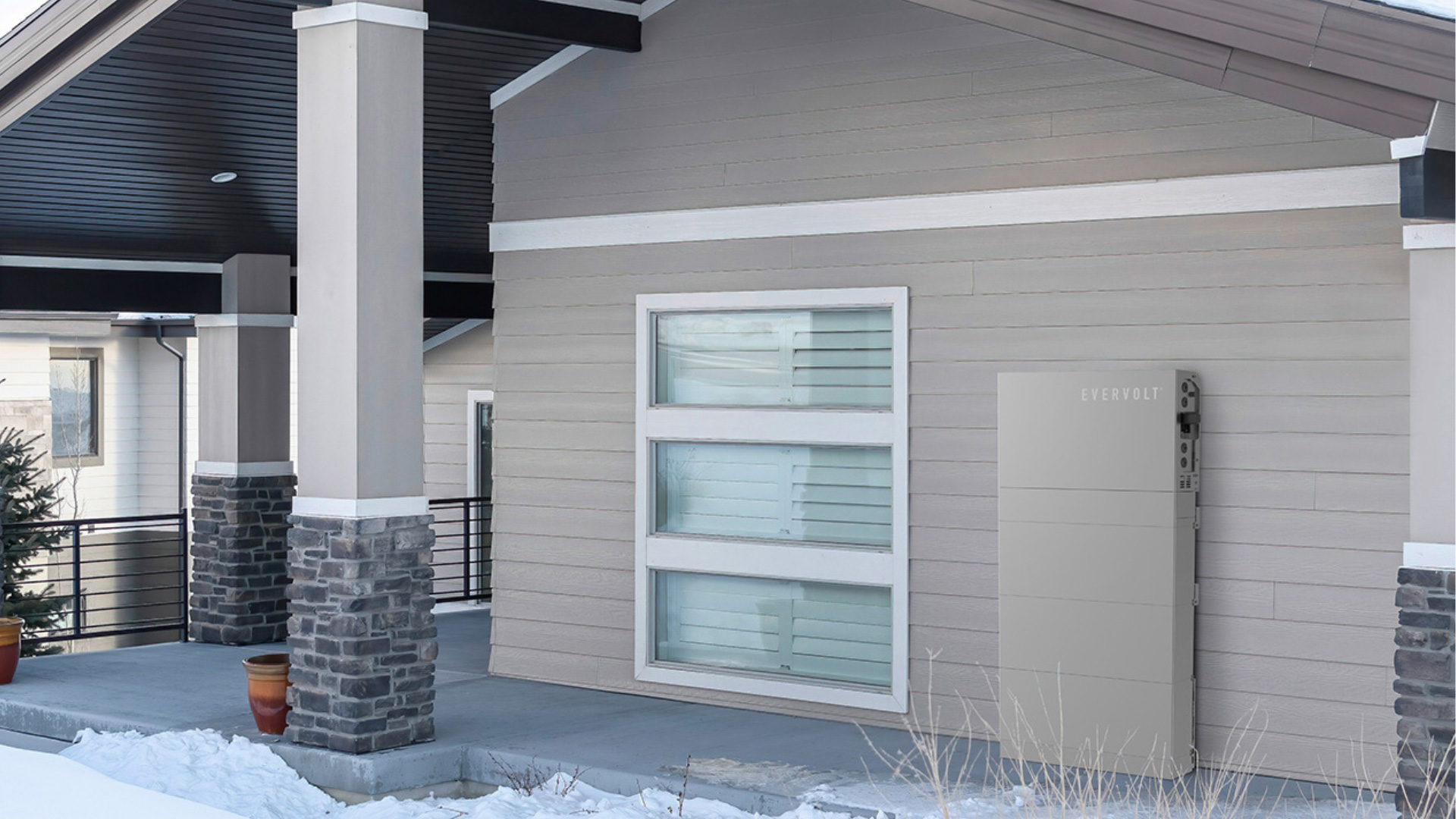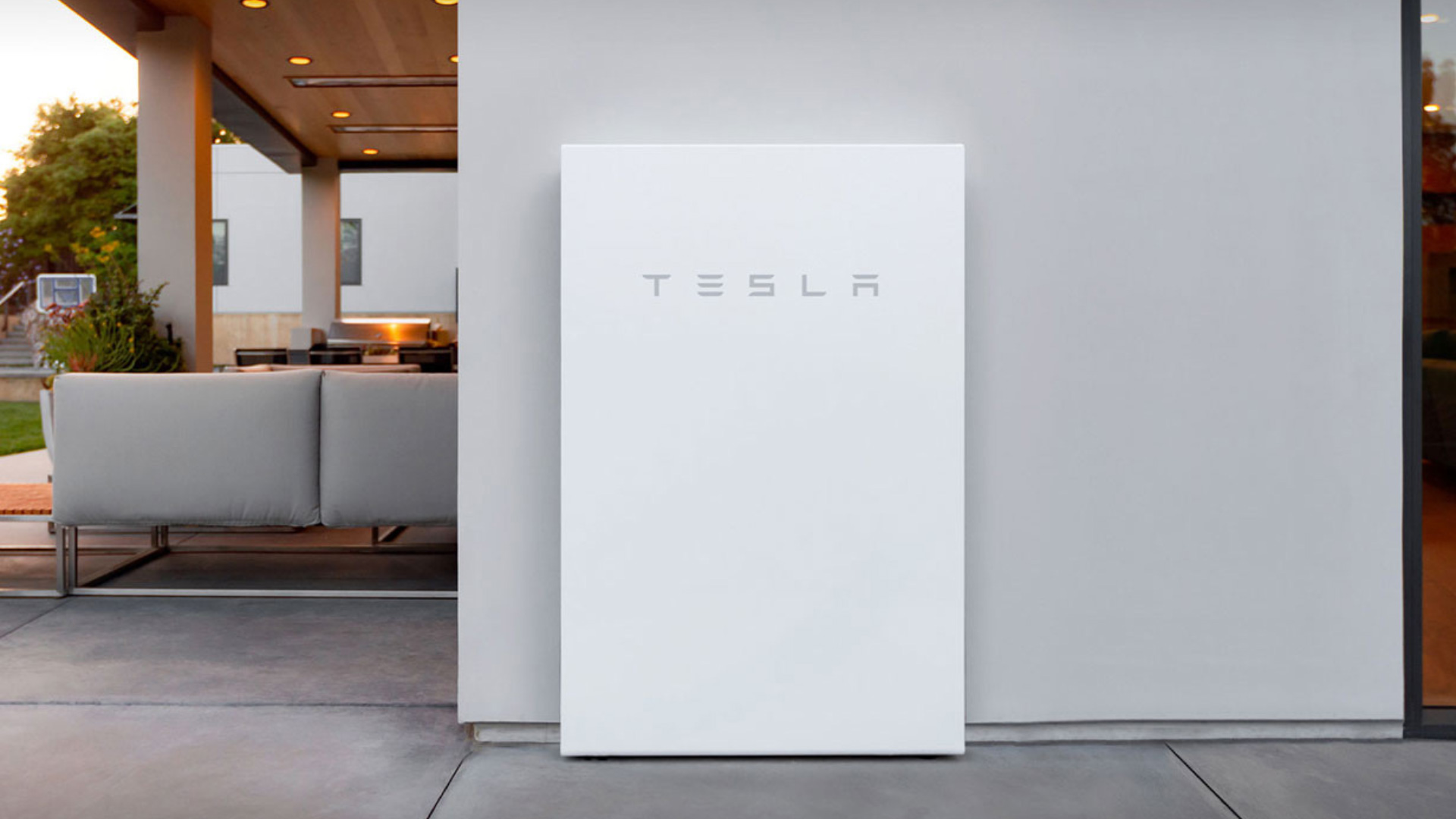It’s becoming increasingly common for homeowners to utilize solar batteries to help store energy to extend their use of solar power and save some money on their electric bills. Battery manufacturers have responded to the rise in demand with several products differing in size, shape, battery capacity and other technical specifications. These factors can make it tough to know where your priorities should lie when assessing your options. Here, we will explain why a solar battery’s depth of discharge (DoD) is one of the most important benchmarks of quality you can find.
Depth of Discharge vs. Cycle Life
What Is Depth of Discharge?
To understand the depth of discharge meaning, we first have to understand battery capacity. Battery capacity is the total electrical energy supply stored in the battery. That total is expressed in kilowatt-hours (kWh). The depth of discharge is a percentage of the electrical energy that can be withdrawn from the battery relative to the total battery capacity. For example, if you discharge 8 kWh from a solar battery with a 10 kWh capacity, the battery’s depth of discharge would be 80% (8 kWh / 10 kWh).
Depth of discharge is important because it is a signal of a battery’s overall health and lifespan. It can help you pick the right size of the battery bank needed to match the energy demands of your home when purchasing a new battery.
Depth of Discharge Limits
Battery manufacturers create a DoD limit for their products. This number represents the maximum amount of discharge possible for a battery without sacrificing future performance. The limit changes depending on the type of battery. The recommended DoD limit for lead-acid batteries is about 50%, meaning you should not discharge more than half of your available battery capacity to avoid damage or instigating premature degradation. Lithium-ion batteries have DoD limits ranging from 80% to 95%.
What Is Cycle Life?
Cycle life is also affected by battery health. Cycle life represents the number of charge/discharge cycles a battery can go through before a significant performance drop-off. Battery manufacturers often provide a cycle life estimate with their products. The cycle life of a battery varies depending on the battery chemistry, size and manufacturer. Much like solar panels, batteries don’t immediately stop working once they reach the end of their cycle life. The performance will continue to function but gradually decline in performance with each cycle.
How do DoD and Cycle Life Relate to Each Other?
The lifespan of a solar battery decreases each time it is charged and discharged, so the battery will store a smaller amount of energy than when it was new. Batteries will degrade even faster if the DoD limit is exceeded. Leaving batteries partially discharged will also shorten their lifespan. At the same time, if the battery regularly discharges less than the DoD limit, it is more likely that the battery will perform well past its cycle life. Knowing your battery’s DoD is vital for getting the most out storage plan.
Tesla Powerwall 3 Depth of Discharge
Released in February 2024, the Tesla Powerwall 3 represents a significant upgrade on the previous iteration, providing more power, a built-in solar inverter and more capabilities than the Powerwall 2. The Powerwall 3 also achieves a depth of discharge rating of 100%, meaning you can use the maximum amount of stored energy without shortening the battery’s lifespan.
That high rating puts the Powerwall 3 above most of its peers, but other batteries also have impressive DoD ratings. The Enphase IQ Battery 5P has a DoD rating of 98%, just slightly lower than the Tesla Powerwall 3, making it another great battery option.
Find the Right Solar Battery For Your Home
A solar battery’s depth of discharge says a lot about its long-term effectiveness and how suitable the battery is for your home. But other factors such as cost, chemistry (lead-acid vs. lithium-ion) and your personal energy storage needs are also influential elements to consider.
Whether you have extensive knowledge of energy storage or are just getting into solar power, Solar Optimum is here to answer any questions and offer advice. We have been providing premium solutions to residential and commercial customers since 2008. Contact us to learn more about your solar battery storage options or download our Battery Buyers Guide to learn more about each model.

